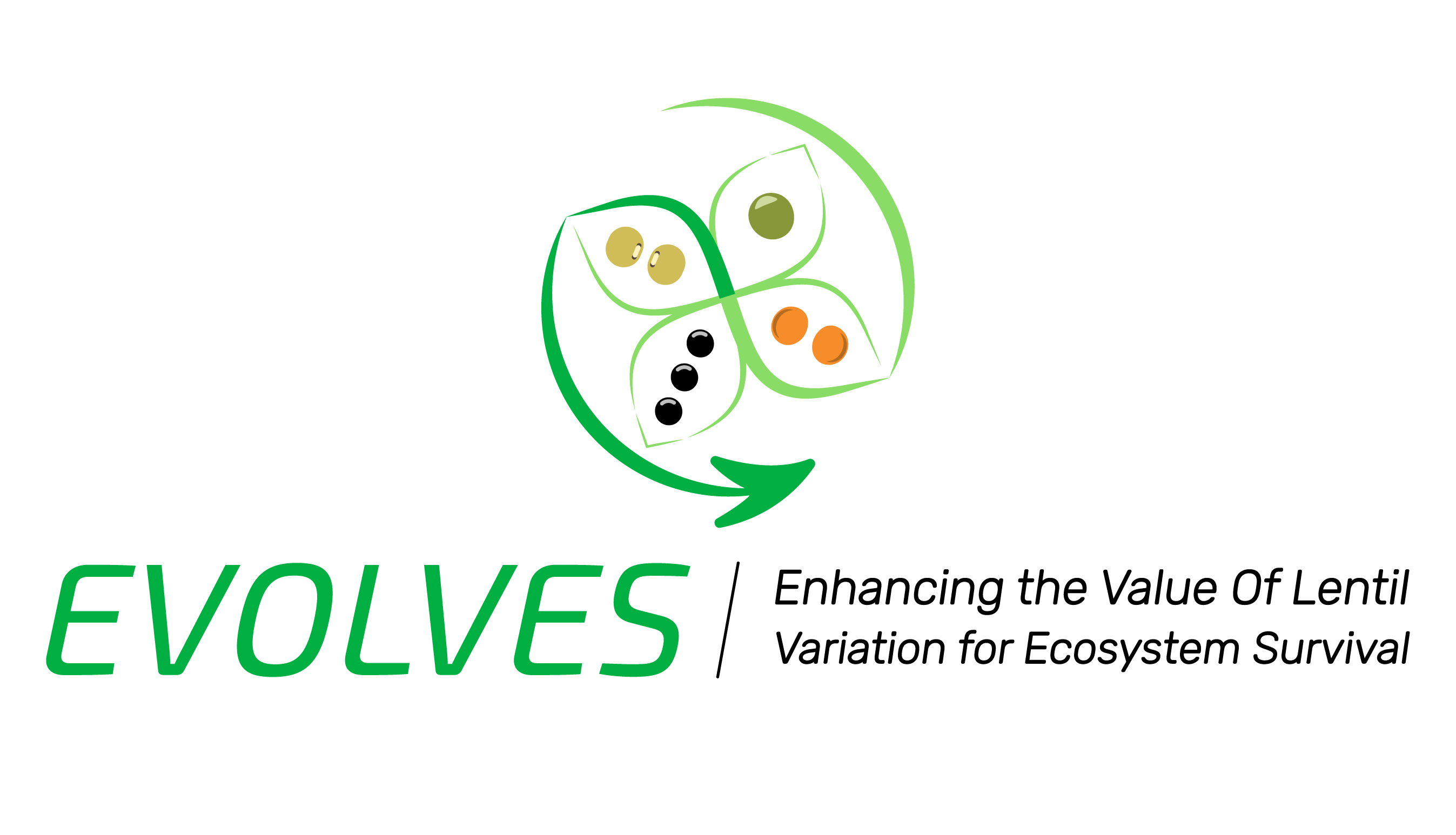EVOLVES Activity 3- Genomics and phenomics of visual quality traits in lentil

Developing new tools for rapidly phenotyping visual quality traits with the intent to better understand the genetics and develop markers for use in the breeding program
Seed colours (testa and cotyledon), patterns, size and shape, and the within-variety consistency of these characteristics, are key determining factors for quality and price of lentil. These are also key traits for variety identification and are required for variety registration and for establishing distinctness, uniformity and stability (DUS) when applying for Plant Breeders’ Rights. The genes for zero tannin seed coat (tan95) and green cotyledon (i-yc) have been characterized in lentil by our group. Other important genes include the red/yellow cotyledon colour gene (Yc – see Activity 2b), the two main genes determining seed coat ground colours (Tgc and Ggc), and the genes controlling black seed coat and seed coat patterns. We know the general locations of Tgc and Ggc in the genome96 but have yet to identify candidate genes. The black seed coat colour is yet to be mapped in the genome and our findings so far suggest that at least two genes are responsible for this trait. In most lentil breeding programs, visual quality traits are evaluated by laying out thousands of samples for visual evaluation. Seed size and shape are determined via a time-consuming procedure using a set of graduated round-hole and slotted sieves. An automated, objective measurement of these seed characteristics is needed to improve efficiency and throughput of the breeding program.
A high throughput seed imaging system for faster and more accurate quantification of seed quality traits.
Molecular markers for monitoring of desired seed quality traits in the breeding program.
Use high throughput phenotyping to measure harvested seeds with green seed coats as they age in order to explore genetic components behind the colour degradation as lentil seeds age.
Generate information to assist breeders in developing strategies for improving seed coat colour retention in green lentil.
Utilize high throughput imaging via BELT/PhenoSEED to characterize within-sample seed shape and colour variation. This will indicate the uniformity of samples and help with variety identification.
Characterize within population variation of seed visual characteristics for later use in QTL and GWAS studies. These data will be useful as covariates when exploring nutritional and food functionality traits.

